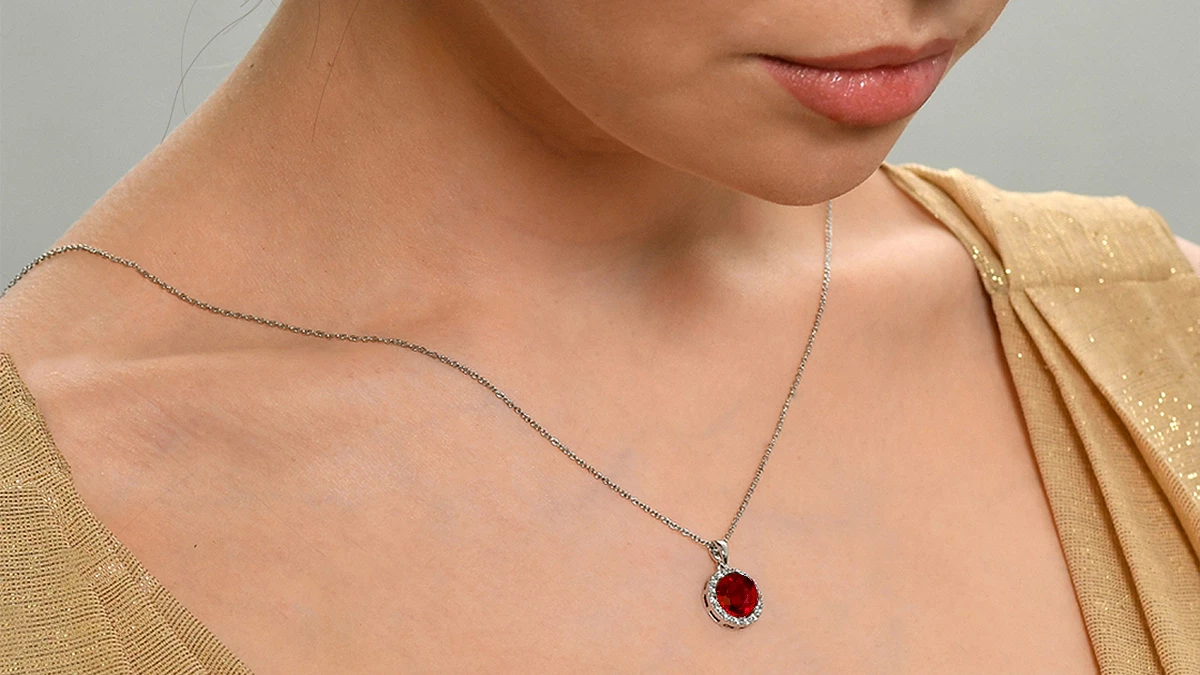Although federal officials have not changed their guidance on medical masks, experts’ suggestions are prompting questions about whether and how to access these face coverings as the variants threaten the country’s progress against the virus.
Do we have enough medical masks yet?
The initial shortage has eased, but there still aren’t enough medical masks for health-care workers, let alone others. Demand for N95s is 500 to 1,000 percent higher than it was a year ago, said Megan Ranney, co-founder of Get Us PPE, which helps front-line workers obtain personal protective equipment.
Even many health-care workers at well-financed hospitals wear N95s for anywhere from a day to a month, instead of changing them in between patients like they did before the pandemic. Smaller facilities are struggling even more, Ranney said. Some are relying on KN95s, a Chinese equivalent that U.S. health-care workers consider less desirable.
N95s, which once cost $1 or less each, now sell for up to $5. And for both N95s and KN95s, a surge of fraudulent or faulty products on the market has sometimes made identifying high-quality options difficult.
“Everyone is cutting corners,” Ranney said. “There is no health-care facility in the country that is using PPE the way that it did pre-pandemic.”
Why is there still a shortage?
Both the market for N95 masks and the national stockpile were small before the pandemic. The U.S. imported at least half of its PPE, including medical masks, from China, where exports shrank for months because of the outbreak, said Scott Paul, president of the Alliance for American Manufacturing, a nonprofit organization that advocates for public policies to benefit U.S. manufacturers.
Major suppliers such as 3M and Honeywell dramatically increased production last spring and summer but didn’t come close to the 3.5 billion masks that federal officials estimated were needed to fight the virus. Barriers to entry, including uncertainty about demand post-pandemic, discouraged other companies from entering the market, Paul said.
The Trump administration took a relatively hands-off approach in encouraging the production of N95s. Federal officials arranged contracts with manufacturers, but the president mostly avoided using the Korean War-era Defense Production Act to compel companies to make masks.
“I think it’s fair to say that there were some efforts,” Paul said, “but those fell short, as well-intentioned as they may be.”
How can I tell if a medical mask is high quality?
Unlike N95 masks, KN95s are easy to find through online retailers, major chain stores and pharmacies.
If you’re going to buy KN95s, choose a type that has received emergency use authorization from the Food and Drug Administration, said Anne Miller, executive director of Project N95, a nonprofit organization that helps health-care and other essential workers access protective gear. The FDA keeps a list of approved products, which the agency refers to as “respirator models manufactured in China.”
The Centers for Disease Control and Prevention’s National Institute for Occupational Safety and Health also maintains a website focused on counterfeit N95s for reference.
Whatever face covering you choose, it should be snug and without gaps.
If I buy medical masks, am I taking them away from health-care workers?
It’s not clear whether buying N95s on the open market affects the supply available to doctors and nurses, whose contact with coronavirus patients puts them at heightened risk of infection. Health-care facilities don’t usually get N95s from the retailers where an everyday shopper might buy them, said Tom Frieden, former director of the CDC.
Ranney cautioned that while shortages persist, there’s no way to guarantee that buying an N95 doesn’t mean one fewer mask for a doctor. Instead, she suggested choosing KN95s or KF94s, a Korean-made equivalent.
Do other countries have enough N95s?
Several countries have made N95s or their equivalents widely available to the public.
In Europe, medical masks are now widely available at pharmacies. Austrian grocery stores distributed free masks last month after the government mandated them in stores and on public transportation.
Germany launched a $3 billion program in December to give three free medical masks to older people and those with preexisting health conditions — about one-third of the population. The southern state of Bavaria recently made N95 equivalents mandatory in some public settings.
Will the U.S. supply of these masks increase?
Although President Biden signed an executive order last month expressing a need to develop a sustainable supply chain for protective gear, his administration has not released a specific plan to increase manufacturing. White House press secretary Jen Psaki has suggested that any additional supply would be directed toward health-care workers involved in the vaccination effort.
Biden’s stimulus proposal also requested $30 billion for “supplies and protective gear,” but Congress has yet to reach a deal.
Ensuring greater access to medical masks, for health-care workers and others, should be a critical part of the U.S. response as the more highly transmissible variants threaten to reverse declining infections, said Abraar Karan, a doctor at Brigham and Women’s Hospital and Harvard Medical School.
“As the virus gets better,” he said, “we need to get better in our response.”
Fenit Nirappil, Rick Noack and Isaac Stanley-Becker contributed to this report.







